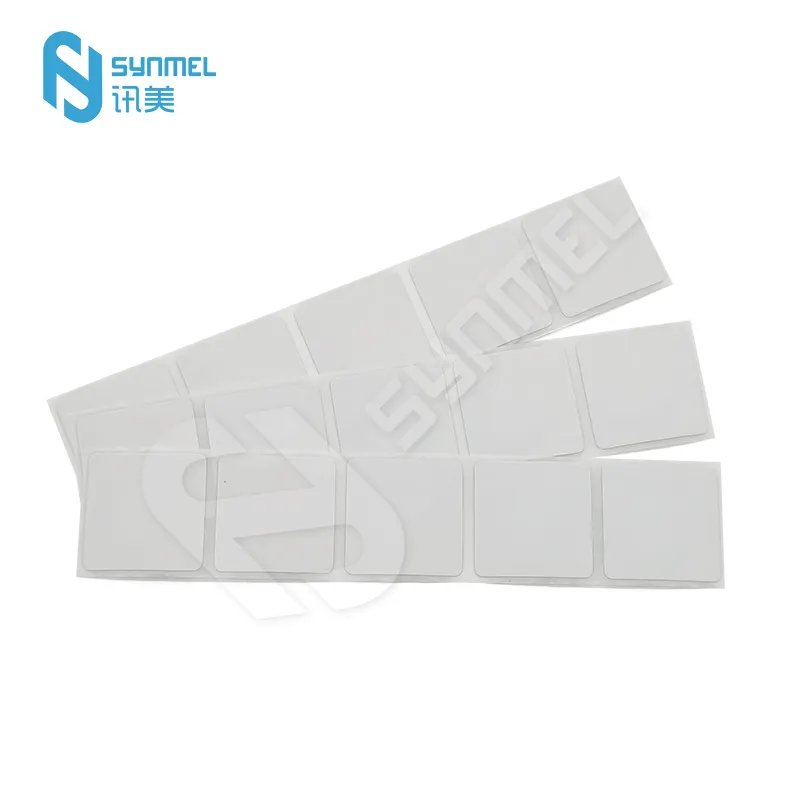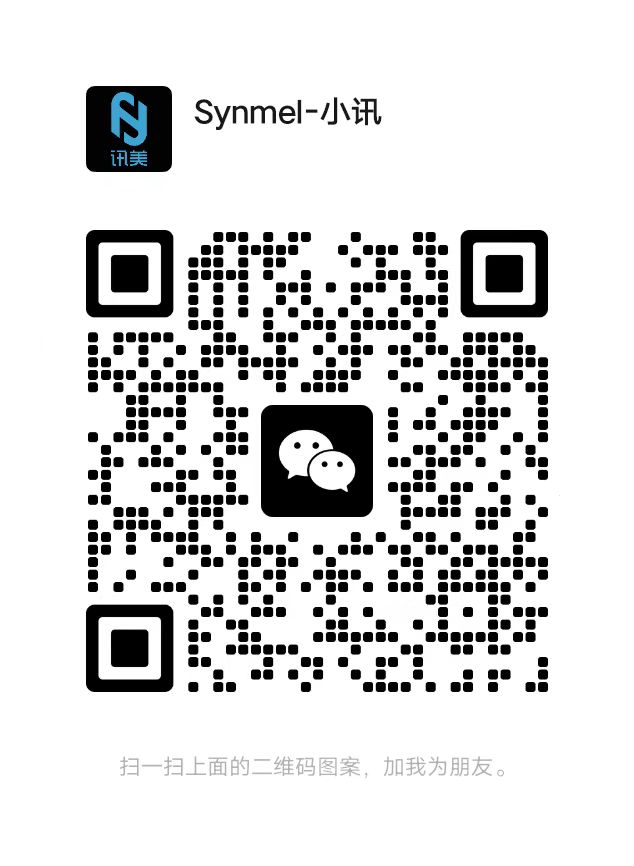- English
- Español
- Português
- русский
- Français
- 日本語
- Deutsch
- tiếng Việt
- Italiano
- Nederlands
- ภาษาไทย
- Polski
- 한국어
- Svenska
- magyar
- Malay
- বাংলা ভাষার
- Dansk
- Suomi
- हिन्दी
- Pilipino
- Türkçe
- Gaeilge
- العربية
- Indonesia
- Norsk
- تمل
- český
- ελληνικά
- український
- Javanese
- فارسی
- தமிழ்
- తెలుగు
- नेपाली
- Burmese
- български
- ລາວ
- Latine
- Қазақша
- Euskal
- Azərbaycan
- Slovenský jazyk
- Македонски
- Lietuvos
- Eesti Keel
- Română
- Slovenski
- मराठी
- Srpski језик
The difference between RF anti-theft tags and soft tags
2024-11-05
RF anti-theft tags and soft tags have different applications and technical characteristics in anti-theft systems. Here are the main differences between the two tags:
1. Working principle
RF anti-theft tags: RF tags communicate with an electronic tag reader via radio frequency. When the tag approaches or passes through the reader, the chip in the tag reacts and sends a signal. The signal is used to identify the presence of the tag and monitor the item. RF tags mainly use radio frequency technology to achieve wireless signal transmission, so it does not require batteries.
Working frequency: generally 8.2 MHz or 13.56 MHz (other frequency bands may also be available in some systems)
Signal transmission: It is carried out in radio frequency mode, without contact and direct cable connection.
Soft tags: The definition of soft tags is slightly broader, but in anti-theft systems, it usually refers to soft material tags that can work through different technologies, including RFID tags, barcode tags, etc. Soft tags can be passive (without batteries) or active (with batteries). This type of tag usually works through short-range wireless radio frequency identification technology (RFID) and usually works at low or high frequencies.
Working frequency: It can work in the range of ultra-high frequency (UHF), high frequency (HF), low frequency (LF), etc.
Signal transmission: It also uses wireless radio frequency technology, but unlike RF tags, soft tags are usually integrated into softer materials and can be more conveniently attached to items.
2. Materials and forms
RF anti-theft tags: RF anti-theft tags are usually hard, and the shell may be plastic or metal. The shape is relatively solid and cannot be bent. They are mainly used for anti-theft protection, usually embedded in the packaging of goods or fixed on goods. Common RF anti-theft tags include pin-shaped tags, tag tags, label pins, etc.
Soft tags: The appearance and material of soft tags are more flexible. They can be plastic film, cloth, paper and other materials. They are usually softer and can be attached to the surface of goods and are not easily damaged. Soft tags are mostly used for goods such as clothing and electronic equipment, and can better integrate with the surface of goods.
3. Application scenarios
RF anti-theft tags: Commonly used in high-end goods, electronic products, clothing, books, etc., they are used in anti-theft systems of shopping malls, supermarkets, and retail stores. They can effectively prevent theft of goods and are usually used in conjunction with electronic anti-theft doors and alarm systems.
Soft tags: Soft tags are usually used for some goods that require a soft and inconspicuous appearance of the tag, such as clothes, shoes and hats, textiles, and even some low-value goods. Soft tags can better blend with the appearance of the product packaging or fabric without affecting the beauty of the product.
4. Working distance
RF anti-theft tags: Generally, the working distance is short. When the product passes through the security gate, the tag's signal is recognized by the reader. If the tag is damaged or removed by improper operation, an alarm will be triggered.
Soft tags: The working distance of soft tags is related to its type and frequency. If it is a UHF RFID type, the working distance may reach several meters, while the working distance of LF and HF RFID is generally shorter, usually between a few centimeters and a few meters.
5. Cost
RF anti-theft tags: Radio frequency anti-theft tags are usually more expensive, especially hard tags and tags involving electronic chips. This is because they need to work with reading devices (such as anti-theft doors, detectors, etc.) and contain more complex electronic components.
Soft tags: Soft tags are generally lower in cost, especially if they are purely passive tags (such as simple paper or cloth RFID tags), which are usually lower in cost than RF anti-theft tags and are usually used for large-scale commodity identification and anti-theft.
6. Security
RF anti-theft tags: High security, especially hard tags usually have built-in circuits, and if the tag is tried to be torn or removed, the anti-theft system will trigger an alarm. RF tags have high reliability and strong anti-interference ability.
Soft tags: The security of soft tags depends on the technology of their specific application. For example, UHF RFID tags usually have a certain degree of anti-interference, but generally have worse anti-interference than RF anti-theft tags. Soft tags may have lower security in anti-theft systems, especially in low-frequency conditions, and are easily affected by the environment.
In short: RF anti-theft tags usually refer to hard tags that work through radio frequency identification technology. They are often used for anti-theft protection, especially in shopping malls, supermarkets and other places. They are widely used and suitable for high-value goods.
Soft tags are more used for low-cost and flexible anti-theft needs. They are usually made of soft materials and use RFID or barcode technology to achieve tracking or anti-theft. They are suitable for clothing, bags and other items.




